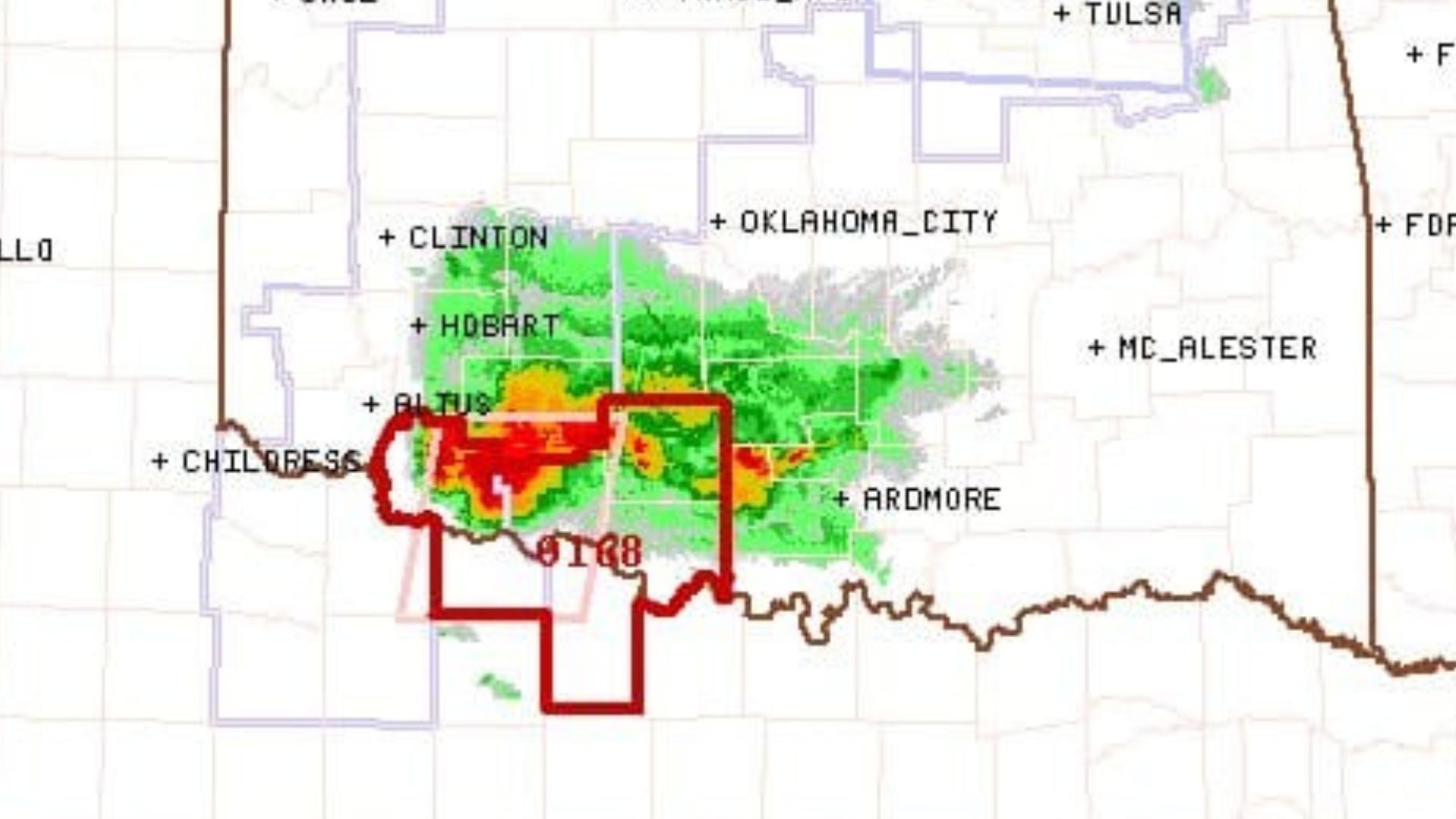A tornado with reverse rotation, another looping back on its own path... Why?
Follow us on Google News (click on ☆)
Uncommon tornadoes have struck the southern parts of Oklahoma, USA, highlighting rare meteorological phenomena. Among them, an anticyclonic tornado, which rotates counterclockwise, formed in late April near Loveland. This type of tornado, also referred to as a "reverse rotation tornado," constitutes only about 1% of occurrences in the northern hemisphere.

Before this anticyclonic tornado, another had already drawn attention by looping back on its own path, a trajectory also rare for such phenomena typically driven west to east by the prevailing winds in the United States. This behavior can happen when the tornado starts to lose its force.
These events occurred during a particularly intense week for Oklahoma, which experienced over twenty tornadoes following powerful and slow-moving storms on April 27 and 28. Fortunately, the tornadoes largely crossed farmlands, avoiding significant damage to structures and causing no injuries or fatalities.

A storm hit southern Oklahoma this week, triggering several unusual tornadoes in Tillman County.
Credit: NOAA
These tornadoes are striking examples of the complexity and variability of weather systems, illustrating the challenges posed by their prediction and understanding.